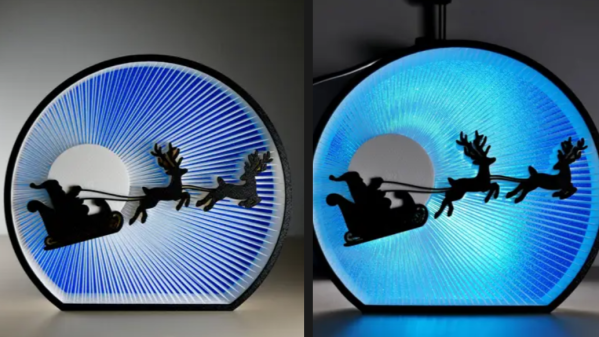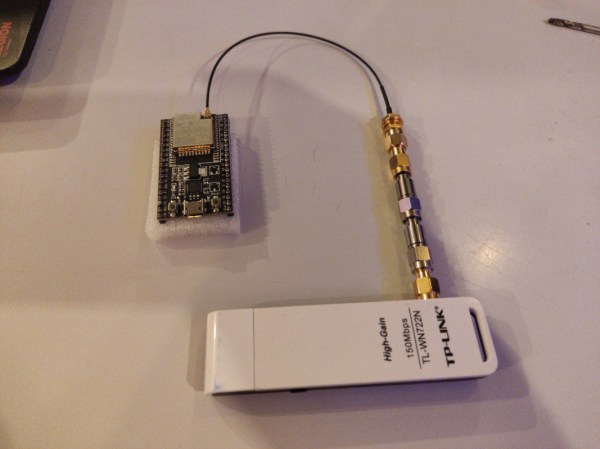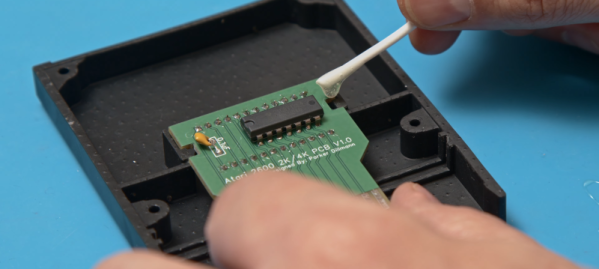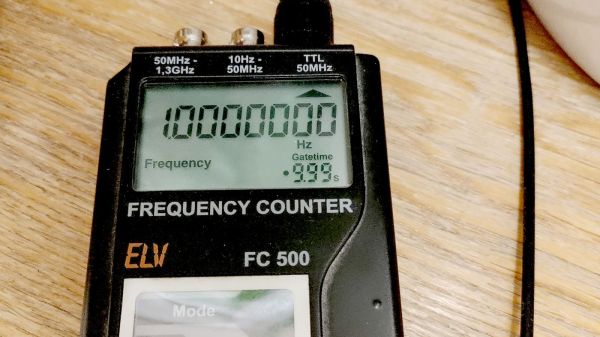Stringing is when a 3D printer’s hot end moves through open air and drags a wisp of melted plastic along with it. This is normally undesirable, but has in the past been done intentionally to create some unconventional prints. Moonlight Santa from [3dprintbunny] shows considerable refinement in the technique, complete with color changes that really make the result pop.
Using a 3D printer’s stringing in a constructive way is something that has been leveraged really well. We remember seeing a lion with a fantastic mane by combining this method with a little post-processing and a blast from a heat gun. The technique has also been applied to make brush bristles (the printer strings filament across two handles, and after printing it is cut in half to make two brushes.)
This isn’t [3dprintbunny]’s first rodeo, either. We loved seeing her show what kind of objects were possible by using clever design, with no reliance on custom G-code or weird slicer tricks. The color changes by filament swaps really make this new one stand out.



















